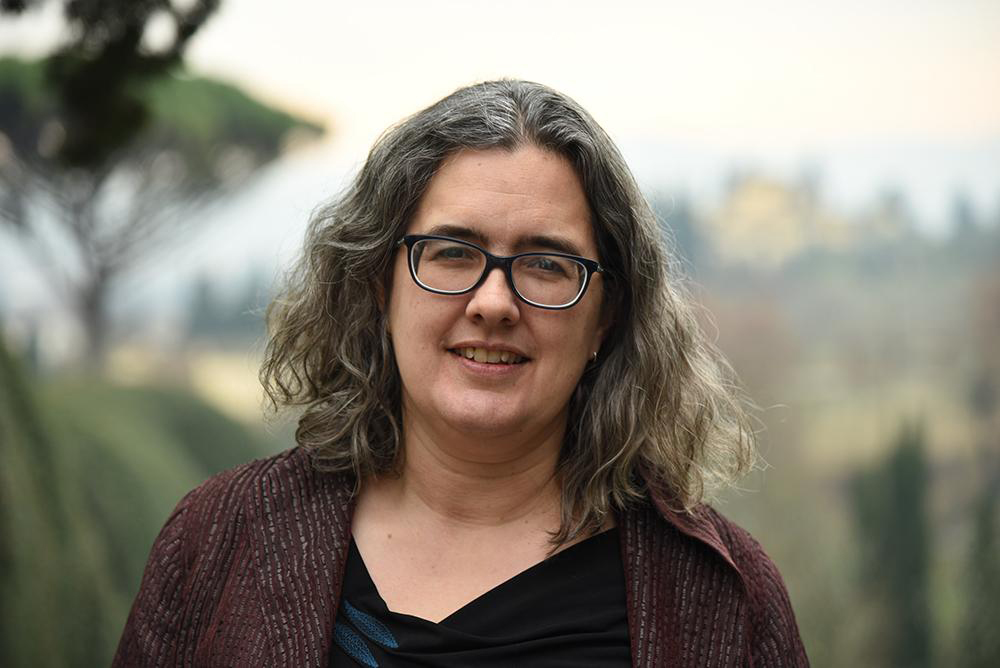
Rebecca Zorach
Rebecca Zorach is the Mary Jane Crowe Professor in Art and Art History at Northwestern University, where teaches and writes on early modern European art from the fifteenth to seventeenth centuries, as well as on contemporary activist art and the art of the 1960s and 1970s. Prior to Northwestern she was at the University of Chicago for fourteen years.
Zorach’s interdisciplinary research interests are reflected in books such as Art for People’s Sake: Artists and Community in Black Chicago, 1965–1975 (2019); Gold: Nature and Culture (2016), written with Michael W. Phillips Jr.; and The Passionate Triangle (2011), on the embedded significance of this geometric shape. Her proclivity for collaboration is represented by numerous edited volumes including The Wall of Respect: Public Art and Black Liberation in 1960s Chicago (2017) with Abdul Alkalimat and Romi Crawford; The Idol in the Age of Art with Michael Cole (2009); and Embodied Utopias: Gender, Social Change, and the Modern Metropolis (2002) with Amy Bingaman and Lisa Shapiro Sanders. Zorach has also worked on numerous exhibition catalogues, including Paper Museums: The Reproductive Print in Europe 1500–1800 (2005) with Elizabeth Rodini, currently AAR’s Andrew Heiskell Arts Director.
Zorach participated in a March Conversations/Conversazioni with Nicole Marroquin called “Toward Freedom: Chicago Muralists in the Struggle for Liberation” during her Residency. She also worked on The Designs of Nature, a book project focusing on the early modern European idea that nature can create art like humans do. Sixteenth-century Italian natural philosophy, in particular the work of Ulisse Aldrovandi, pointed her toward the idea of photographing fossils that appear in the pavements and other stone features in Italian churches. “Along similar lines,” she said, “I’ve been on the lookout for book-matched (or “butterflied”) marble revetments in churches that not only create abstract shapes but also loosely evoke various representational forms and might suggest nature ‘helped’ by art to create images.”